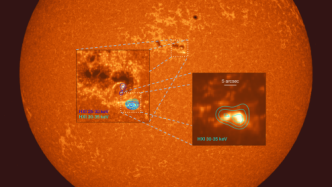
Today (December 13), the National Space Science Center of the Chinese Academy of Sciences released the first batch of scientific images of my country's comprehensive solar exploration satellite "Kuafu-1". Since the successful launch, during the 2-month operation of the three payloads in orbit, several scientific observation images of the sun have been obtained, which have achieved many domestic and foreign firsts, and verified the observations of the three payloads of "Kuafu-1" on orbit capability and sophistication.
During the two months in orbit, "Kuafu-1" carried out a large number of on-orbit tests and observations of the sun according to the established plan. Among the three payloads, the full-sun surface vector magnetic imager realized the first time in my country to carry out the solar magnetic field in space. The quality of the obtained partial longitudinal magnetic map of the sun has reached the international advanced level, laying a good foundation for focusing on the scientific goal of "one magnetic storm and two storms" and realizing high-time resolution and high-precision solar magnetic field observation.
The solar hard X-ray imager has realized the first solar hard X-ray imaging in my country, and provided the only solar hard X-ray image from the perspective of the earth. The overall quality of the image has reached the international first-class level. The structure and energy spectrum feature observations have laid a solid foundation.
One of the three sub-loads of the Lyman Alpha Solar Telescope, the Solar Surface Imager has achieved the first full-scale image of the Sun in the Lyman Alpha band on a satellite platform in the world, and the image of the evolution of the prominence is clear and complete. Another sub-load - the solar white light telescope observed 2 rare "white light flares" on the edge of the sun, and the observation ability of the Lyman alpha band has been verified. In addition, as the sub-load—solar coronagraph starts to observe coronal mass ejections, the Lyman Alpha Solar Telescope will play an irreplaceable role in the formation of the solar surface of coronal mass ejections and the observation of near-corona propagation.
According to Gan Weiqun, the chief scientist of "Kuafu-1", in the next stage, "Kuafu-1" will continue to carry out and complete the on-orbit test according to the established plan, and transfer to the on-orbit scientific operation stage as soon as possible. At the same time, "Kuafu-1" will give full play to the characteristics of the combined observation of the three payloads, strengthen domestic and foreign cooperation and open data sharing, and realize the scientific goal of "one magnetic storm and two storms" as soon as possible, and observe the peak year of the 25th solar cycle. and research to make Chinese contributions.
The full name of "Kuafu-1" is "Advanced Space-based Solar Observatory" (ASO-S). It is another space science satellite developed and launched by the Chinese Academy of Sciences Space Science Phase II pilot project. The launch center successfully launched the Long March 2D carrier rocket. The scientific goal of the "Kuafu-1" satellite is aimed at "one magnetic storm and two storms", that is, to simultaneously observe the solar magnetic field and the two most violent eruptions on the sun - flares and coronal mass ejections, and study their formation, evolution and interaction and each other, while providing support for space weather forecasting.
The National Space Science Center of the Chinese Academy of Sciences is responsible for the development and construction of the overall project and the ground support system for the "Kuafu-1" satellite project. The Institute of Microsatellite Innovation of the Chinese Academy of Sciences, the National Astronomical Observatory, the Zijin Mountain Observatory, and the Changchun Institute of Optics and Mechanics are respectively responsible for the satellite platform and three satellites. The research and development of the platform payload, the scientific application system is in charge of the Purple Mountain Observatory of the Chinese Academy of Sciences, the measurement and control system is implemented by the Xi'an Satellite Measurement and Control Center of China, and the launch vehicle is developed and produced by the Eighth Research Institute of China Aerospace Science and Technology Corporation.
The first batch of scientific observation images of "Kuafu-1"
Figure 1 shows the local monochromatic image and magnetic image observed by the full-heel vector magnetic imager (FMG) in orbit, and the comparison with the observation results of the same sun area at the same time by the Huairou ground-based full-heel magnetic field telescope. Figure 2 shows the comparison between the local longitudinal magnetogram observed by FMG at 00:50:15UT on November 6, 2022, and the most advanced international HMI/SDO observation results at the same time. The results show that the observation effect of FMG is far better than that of ground-based telescopes; in terms of reflecting the details of the local longitudinal magnetic field, FMG is almost completely consistent with the most advanced HMI/SDO in the world.
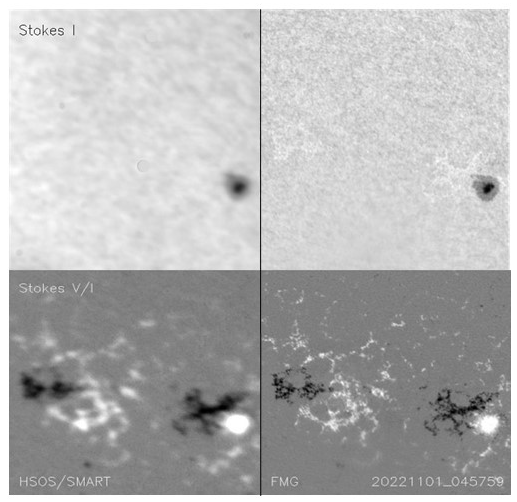
Figure 1. The comparison of the local monochromatic image and magnetic image (right) observed by FMG on orbit with the observation result (left) of the same solar surface area at the same time by the Huairou ground-based all-solar magnetic field telescope
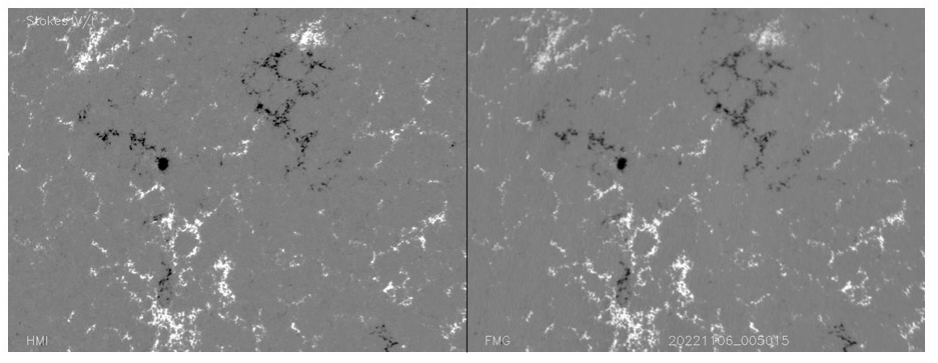
Figure 2. The comparison between the local longitudinal magnetogram (right) observed by FMG at 00:50:15UT on November 6, 2022, and the US HMI/SDO observations (left) at the same time
Figures 3 and 4 respectively show the hard X-ray imaging results of the "Double 11" series of flares observed by the Solar Hard X-ray Imager (HXI) on November 11, 2022, and the ultraviolet 1700 angstroms simultaneously observed by AIA/SDO Comparison of images, flare hard X-ray optical variation, and composite of hard X-ray imaging and AIA/SDO EUV/UV images. It can be clearly seen from the figure that the position of the hard X-ray source and the position of the ultraviolet bright structure coincide perfectly at high spatial resolution. It is particularly worth noting that HXI has the ability to image complex sources, and the reliability of the imaging has been improved. fully confirmed.
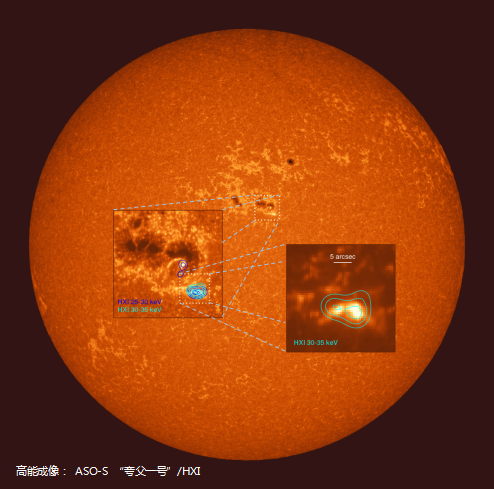
△Figure 3. Comparison of the hard X-ray imaging of a C-class flare observed by HXI on November 11, 2022 on "Double 11" and the AIA/SDO UV 1700 image
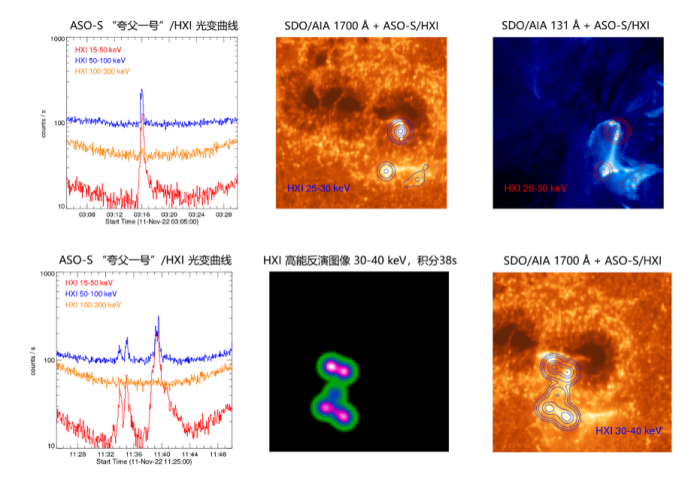
Fig. 4. Combination of light variation, hard X-ray imaging and EUV/UV images of the "Double 11" series of flares observed by HXI on November 11
The Solar Imager (SDI), a sub-load of the Lyman Alpha Solar Telescope (LST) working in the Lyman Alpha band, has observed multiple flares and prominences since it was turned on. Figure 5 shows an eruptive prominence observed by SDI/LST on November 25.
Figure 6 shows a relatively rare marginal white light flare observed by the Solar White Light Telescope (WST) on LST on December 3, 2022. SDI also observed the brightening of Lyman alpha radiation. These results show that the WST and SDI on the LST have the ability of scientific observation, and the obtained results provide valuable data for the subsequent detailed study of the evolution of the solar prominence Lyman alpha band and the characteristics of multi-band diagnostic white light flares.
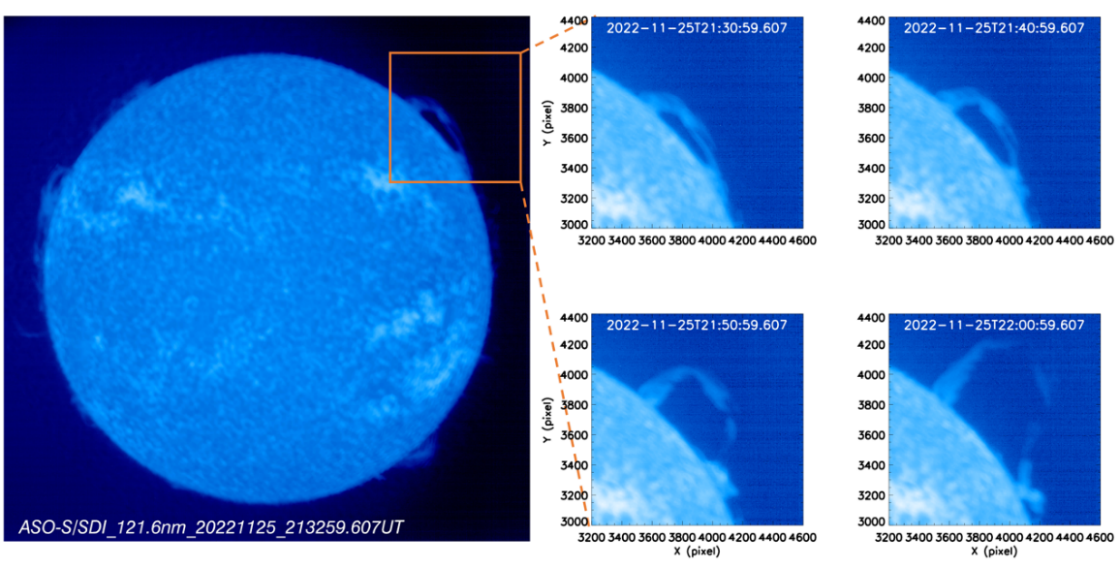
Figure 5. The eruptive prominence observed by SDI/LST on November 25, 2022
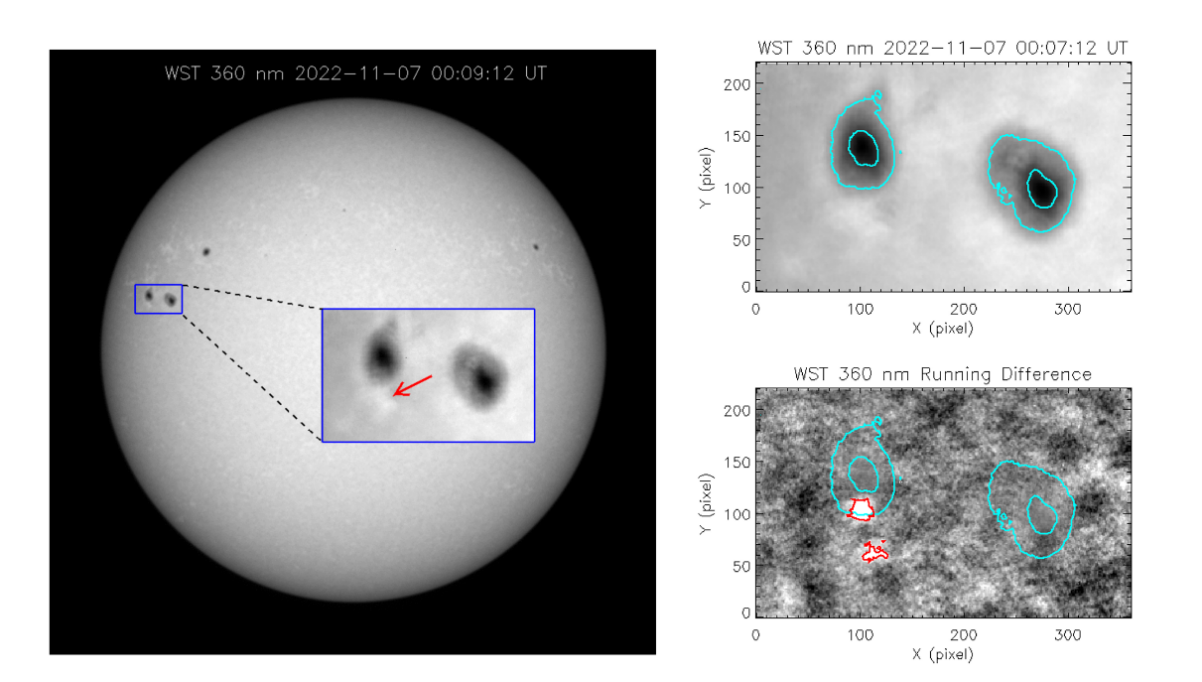
Figure 6. WST/LST observed a white light flare on November 7, and the red contour line on the right is the location of the continuum enhancement relative to the sunspot
